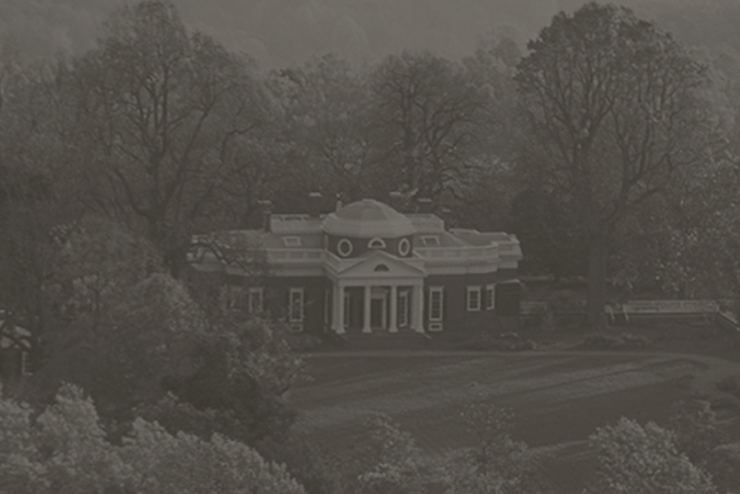Monticello Blog
-

With the coming of Thanksgiving comes also a burble of chatty news stories about the origins thereof, and usually something about turkeys. Not far behind comes some sort of mention of the Founding Fathers, and how they all felt about turkeys. I've seen several of these articles in the last few days and I don't know what else to think but that somebody out there has been working overtime, making up stories about Founding Fathers and turkeys.
-

It is claimed, by websites and other sources various and sundry, that Thomas Jefferson, upon hearing of a meteorite crash in Connecticut in 1807 and its subsequent reportage by two professors at Yale, scoffed that it "was easier to believe that two Yankee professors could lie than to admit that stones could fall from heaven."

